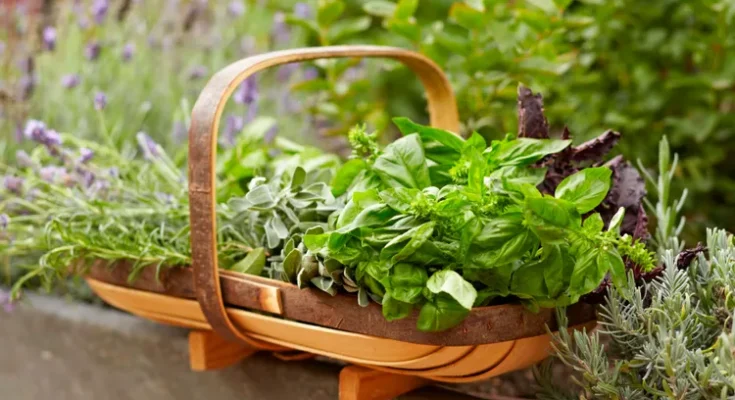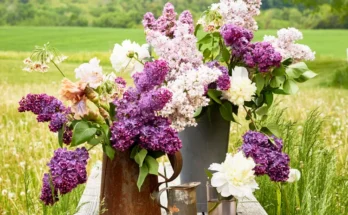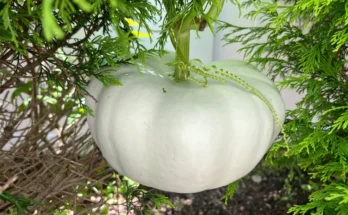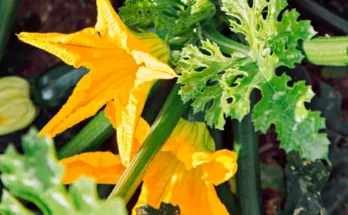Letting your herb plants bloom offers both pros and cons for your garden and your kitchen.
Whether you should let your herbs flower depends on the type of herbs you have and what you want to do with them. If you primarily harvest your herbs to use their flavorful leaves for cooking, you’ll want to prevent your herbs from flowering. However, if you would like to save seeds for next year, or you love how herb flowers attract beneficial insects to your garden, you’ll want to let your herbs flower.
Before you decide which herbs you want to let flower and which ones you won’t, consider these pros and cons to ensure your herbs will maintain their flavor, quality, leaf production, and visual appeal.
Reasons to Allow Herbs to Flower
Some herbs, such as lavender, are especially prized for their flowers. But even if you’re growing herbs more for their leaves, there are several advantages to allowing them to bloom.
1. Flowering allows seed production.
After an herb flowers, it produces seeds that you can harvest to start herb plants from seed next year, or use the seeds in recipes, such as dill seed for pickles. Harvesting coriander seeds from a cilantro plant is an easy seed-saving project to start with—just allow the coriander seeds to dry on the plant and then harvest them by clipping off the flower heads when the seeds turn a light brown.
2. Plants attract beneficial insects.
Some of the best plants for attracting beneficial insects are flowering herbs. Beneficial insects naturally control garden pests by feeding on them. The tiny flowers of herbs like dill, fennel, parsley, and cilantro are especially attractive to lacewings, hover flies, parasitic wasps, and lady beetleSs.
3. Flowers attract pollinators.
Drawing pollinators like bumblebees, honeybees, butterflies, and hoverflies to your garden is essential for the pollination of your fruit and vegetable crops. By letting rosemary, oregano, basil, marjoram, and borage flower, you’ll attract more pollinators.
4. Blooms add visual appeal.
It’s easy to grow a collection of colorful herbs by letting your herbs flower. Hyssop, borage, and sage are known for their attractive blooms. Blooming herbs also make good cut flowers. Plus the foliage and tall stems of fennel and dill add a wispy touch to beautiful flower bouquets.
5. Edible flowers.
The flowers of culinary herbs are edible. Use them as garnishes on any dish. Chives, for example, supply more than grasslike leaves with a mild onion flavor. When left to bloom, their pink or purple flowers add extra flavor and visual appeal to salads or lend a pink tint and onion flavor to homemade vinegar.



